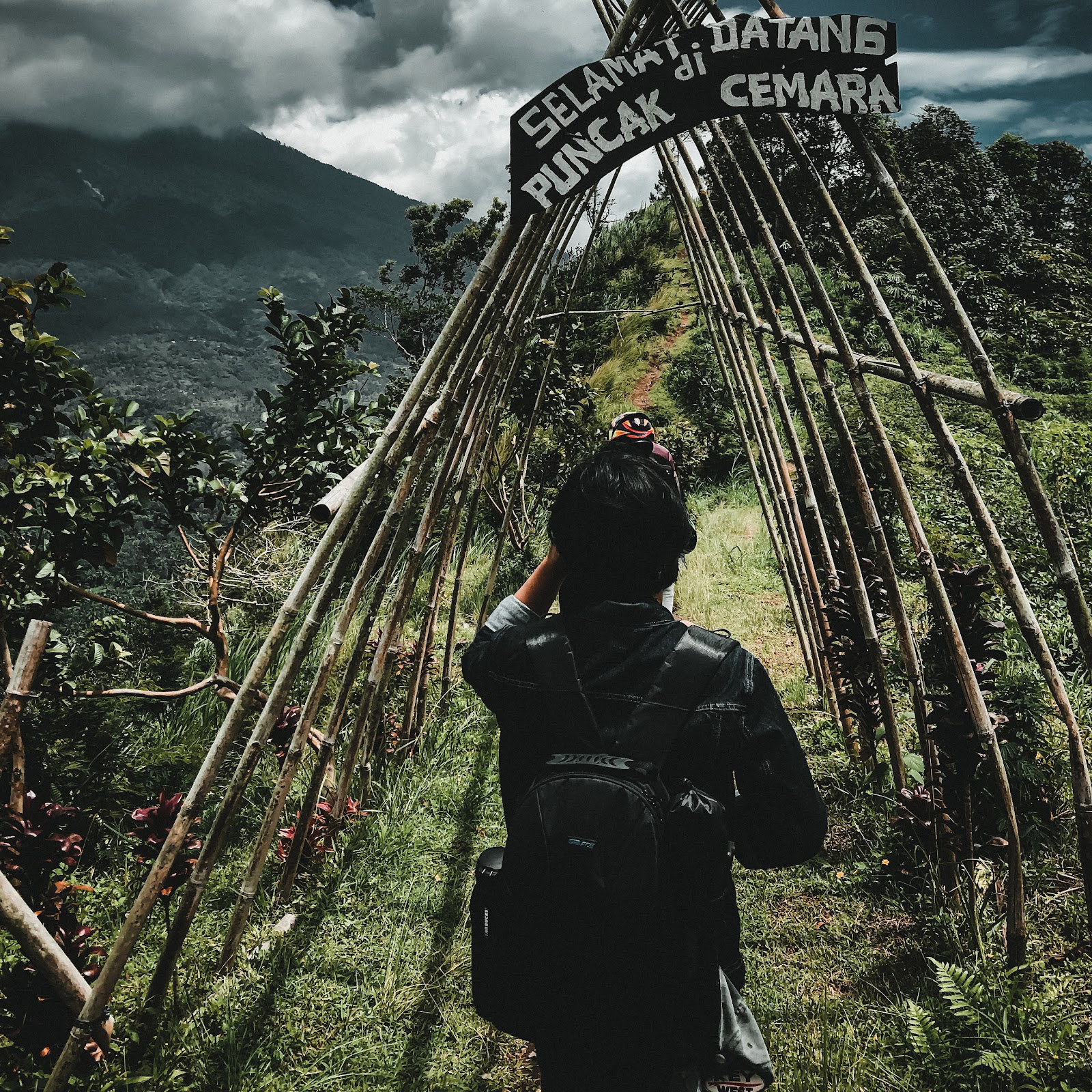Trieste (Triest in German, Trst in Slovenian and Croatian) is a city in North-East Italy that was once a very influential and powerful centre of politics, literature, music, art and culture under Austrian-Hungarian dominion.
Today, Trieste is often forgotten as tourists head off to bigger Italian cities like Rome, Milan, and Trieste's archrival Venice. But those tourists miss out on a very charming and underestimated city, with a quiet and lovely almost Eastern European atmosphere, several pubs and cafes, some stunning architecture and a beautiful sea view. It was also, for a while, the residence of the famous Irish writer, James Joyce.

Its artistic and cultural heritage is linked to its singular "border town" location. You can find some old Roman architecture (a small theatre near the sea, a nice arch into old city and an interesting Roman museum), Austrian empire architecture across the city centre (similar to stuff you can find in Vienna) and a nice atmosphere of metissage of Mediterranean styles, as Trieste was a very important port during the 18th century.
The region of Friuli Venezia Giulia is officially quadrilingual (Italian, Slovene, Friulian, and German). Signs are often only in Italian in Trieste, as the city is generally Italian speaking and the local dialect (a form of the Venetian language) is called Triestine. Surrounding villages and towns are often inhabited by mostly Slovene speakers. Residents, and those working in the city, can easily find free courses to learn Italian, Slovene, German, English and many other languages. When walking around Trieste, you will also likely hear Croatian/Serbian, Romanian, and Albanian, mainly from immigrant populations (most immigrants in Trieste come from the Balkans and Romania) and people who visit the city on brief shopping trips.









No comments:
Post a Comment